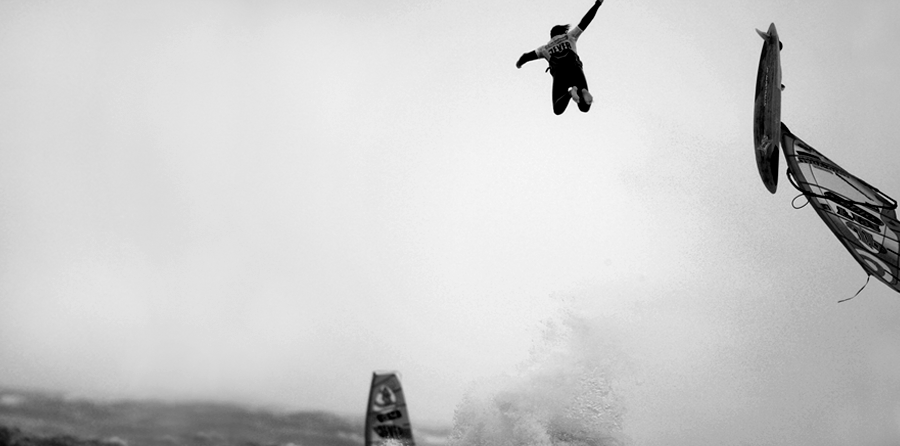Risky Business: Get Your Team to Dare

Our task as facilitators, and leaders, is to create an environment where uncertainty, risk and emotional exposure are part of life. Where failure is a chance to learn. That is what “safe” means.
“A big thank you to you for your excellent leadership during our workshop. You created a safe environment for all of us in which to practice behaviors that, frankly, aren’t that natural for some of us.”
As a facilitator, it’s great to get emails like this. However, this one (from Tom, a senior executive in a global pharmaceutical company based in Singapore) gave me pause. What exactly is a “safe environment?” I mean, at the start of every workshop we cover the locations of emergency exits, but I know that’s not what Tom meant.
As fellow facilitator Victor Barbella says, “Business leaders often speak about the enhanced expressiveness, connectedness, and leadership style gained during Ariel training. The creation of a clear and present safe space allows this to happen. By safe I mean an environment that encourages new thinking, taking risks, and being creative.
Ah, new thinking, taking risks, and being creative. Not surprisingly, that is what most leaders want from their teams these days. After all, innovation is what drives business. Paradoxically, though, these leaders have yet to create the safe environment necessary to enable their people to take risks.
It’s like watching a little league practice: they’re disciplined, but loose. Smiling, socializing, but still getting the job done. It’s OK to miss a shot or mess up a pass—that’s what practice is for. But in a game situation, some of these same players hesitate, or flat-out freeze, because the game is now on the line. There’s pressure to perform that wasn’t there in the “safe environment” of practice.
Getting those players to loosen up is easier said than done. And the same applies in the corporate world.
First, leaders need to understand why this is so difficult. Why do most of us play it safe in a corporate setting? What makes it so difficult for our session participants to come up on “stage” and do a “silly” improvisation exercise? Why is it so tough to
- speak up in front of a senior executive?
- voice an unpopular opinion?
- stand up for a colleague?
- give difficult feedback?
- propose a new, untested idea?
Because you feel naked, raw, embarrassed. You’re worried that no one will see the value of your (sometimes) radical new idea. Or that people will think negatively of you. And that feeling is terrifying.
Can you remember a work or non-work situation that made you feel “naked”? I can remember singing for the first time solo in front of an audience, and although I was not naked, I did feel like that.
“I will make a fool of myself.”
“They’ll think I shouldn’t have stepped on that stage.”
“They will never invite me again.”
“They will not like me.”
Brené Brown, in her bestselling book “Daring Greatly,” talks about these kind of situations where we feel “naked” and vulnerable, where there is “uncertainty, risk, and emotional exposure.”
She says, “We are afraid of shame—the fear of disconnection—it’s the fear that something we have done or failed to do, and ideal that we’ve not lived up to, or a goal that we’ve not accomplished makes us unworthy of connection.”
Reassuringly, Brown tells us that we all have this, and we are all afraid to talk about it. And the less we talk about it, the more control it has over our lives.
When one of your team members fails and you are unhappy and disappointed, what do you do? Do you blame? Do you shame? Do you gossip? Do you criticize? Ultimately, all those lead to fear and shame and an environment that is “psychologically unsafe” and therefore where everybody plays it safe.
Our task as facilitators, and leaders, is to create an environment where uncertainty, risk, and emotional exposure are part of life. Where failure is a chance to learn. That is what “safe” means.
For example, I recently experienced a failure: I facilitated a high-profile workshop that did not work out for a variety of reasons. By the end of the first day, 3 out of 8 participants gave me very negative feedback and said they were not returning for day 2.
That evening, I felt crushed. I felt miserable, emotionally exposed, and very “naked.” Sitting there in in the hotel lobby, the negativity cascaded over me: shame, self-reprobation, critique, all of it. The managing director of the organization I was working for happened to be there and immediately recognized the state I was in. He did not shame or blame me—he listened, empathized with my pain, and shared a story about when he was in a similar situation, how bad it felt, and what he did about it.
Knowing I wasn’t alone made it possible for me to look up and start thinking through the second day of the workshop. We started day two by openly talking about what happened on day one, and it went as well as it could.
“I believe that managers must loosen the controls, not tighten them. They must accept risk; they must trust the people they work with and strive to clear the path for them; and always, they must pay attention to and engage with anything that creates fear,” writes Pixar co-founder Ed Catmull in his excellent book Creativity, Inc.
So you want your team to be more creative and inspired? You want them to stop playing it safe? Well, business is by definition a risky affair. As a leader, you might need to be the first to take a risk—the risk of trusting your people, letting them fail, and not shaming or blaming them when they do. In short, building a psychologically safe environment.
Good luck and share your stories with us in the comments!
This blog was originally published on December 6, 2016 and was updated June 13, 2018 for accuracy.

